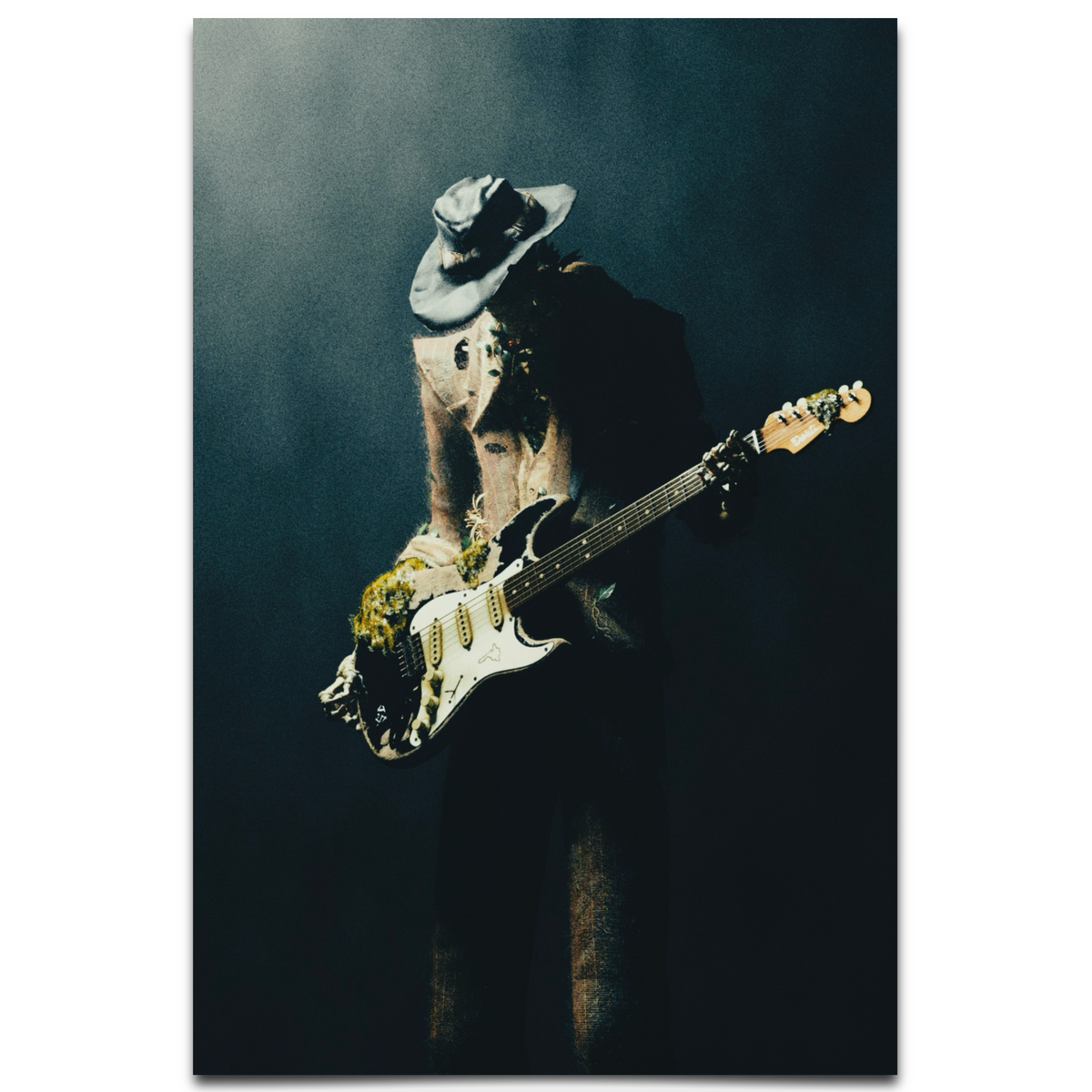Gain staging is the process of managing the signal levels at each step of a guitar’s audio chain to ensure optimal sound quality and avoid unwanted distortion or noise. For guitarists, this means carefully setting the volume and gain controls on pedals, amplifiers, and recording equipment so the signal remains strong but clean throughout.
When gain staging is done well, your tone will be clear, dynamic, and consistent. If levels are too low at any point, the sound can become noisy or thin. If levels are too high, you risk clipping, which causes harsh distortion and can damage gear or recordings. Proper gain staging helps maintain a healthy balance, especially important when using multiple effects pedals or connecting to a digital audio workstation (DAW).
In practical terms, guitarists usually start by setting a clean signal level on the guitar’s volume knob or pedal input. Then they adjust the gain on each pedal or amp channel so the signal is peaking near—but not over—the optimal level. When recording, it’s equally important to set input gain on audio interfaces or mixers correctly. This ensures your recorded tracks capture the full tonal character of your playing without unwanted artifacts.
Ultimately, gain staging matters because it preserves the integrity of your guitar tone, enhances clarity, and protects your equipment. Learning to control gain stages is a fundamental skill that helps guitarists get the best sound whether practicing, performing, or recording.
























